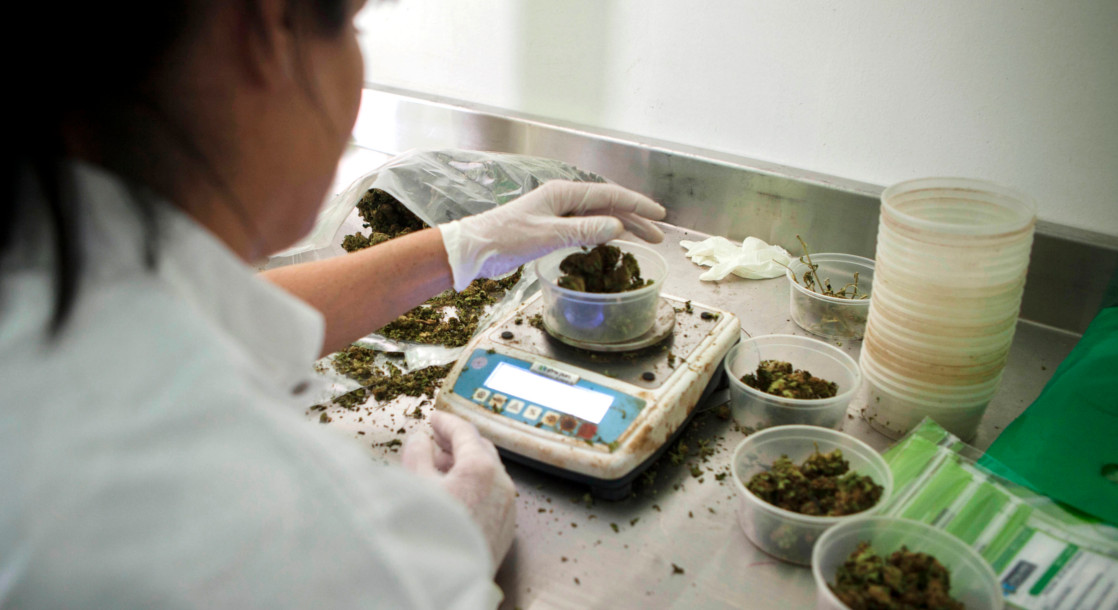Cannabis seizures by the US Customs and Border Protection (CBP) agency dropped to a record low last year, largely thanks to state-level legalization laws.
CBP agents seized a grand total of 154,797 pounds of cannabis throughout the 2022 fiscal year. And even though that’s a seriously massive amount of pot, it’s still the lowest total that border cops have nabbed anytime in recent history. In fact, CBP seizures have fallen by 95% since 2012, when agents confiscated a whopping 2,822,478 pounds of contraband bud.
Annual cannabis seizures first began to seriously decline in 2014, when Colorado and Washington became the first states to start selling adult-use weed. Annual totals declined steadily every year after that, plunging to about 750,000 pounds in 2018. That total declined by almost half over the next three years, dipping below 320,000 pounds in 2021, and then by another 73% in the 2022 fiscal year.
So far, it’s looking like weed seizures could decline even more this year. In November 2022 (the second month of the 2023 fiscal year), agents only confiscated 7,406 pounds of pot. That’s the lowest monthly total seen in recent history. Just two years earlier, in November 2020, the CBP seized nearly 62,000 pounds of bud. The total amount of marijuana seized at border checkpoints has also dropped significantly, from 41,863 pounds in FY 2018 to 3,585 pounds in FY 2022.
Federal authorities and cannabis advocates agree that the decrease in seizures is driven by a shrinking demand for smuggled cannabis. Adult-use weed is now legal in 21 states, and medical marijuana is legal in 39, making access to legal weed easier than ever. Cannabis farmers in California, Oregon, and other states have also been diverting record amounts of weed to the domestic black market as well, further reducing the demand for foreign bud.
Other government reports confirm the decreased demand for smuggled weed. A DEA report from last year indicates that cannabis seizures along the US-Mexico border declined by 80 percent between 2013 and 2020. Meanwhile, seizures of heroin and other addictive drugs have held steady or even increased. The DEA also reported that the total number of federal cannabis arrests dropped by 69% from 2010 to 2020.
But although the CBP is tasked with preventing smugglers from bringing illegal drugs into the country, a large percentage of weed seized by border cops is actually entirely domestic. Despite the protections granted by the US Constitution, border police have the legal right to conduct warrantless vehicle searches within 100 miles of the border, and can search private land within 25 miles of the border, also without a warrant.
According to a 2017 report by the Government Accountability Office, US citizens who were in possession of an ounce or less of pot accounted for 40% of all CBP drug seizures. And since the CBP is a federal agency, its agents can arrest people for weed in states that have legalized adult-use or even medical marijuana. That report stems from the height of the Trump administration, though, so it’s possible that border agents are making fewer petty domestic drug busts today.
Cover image via











